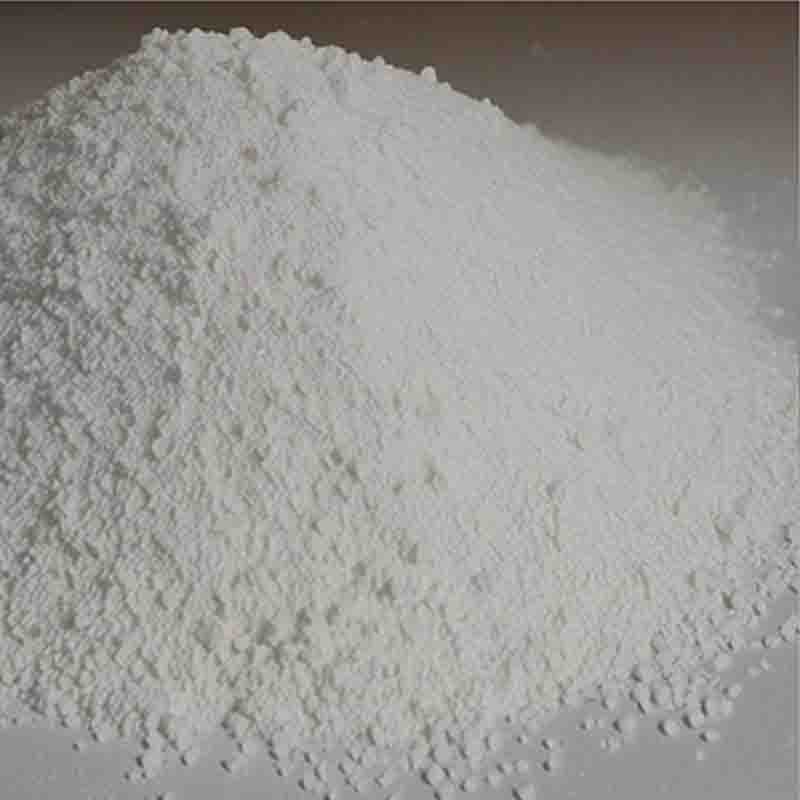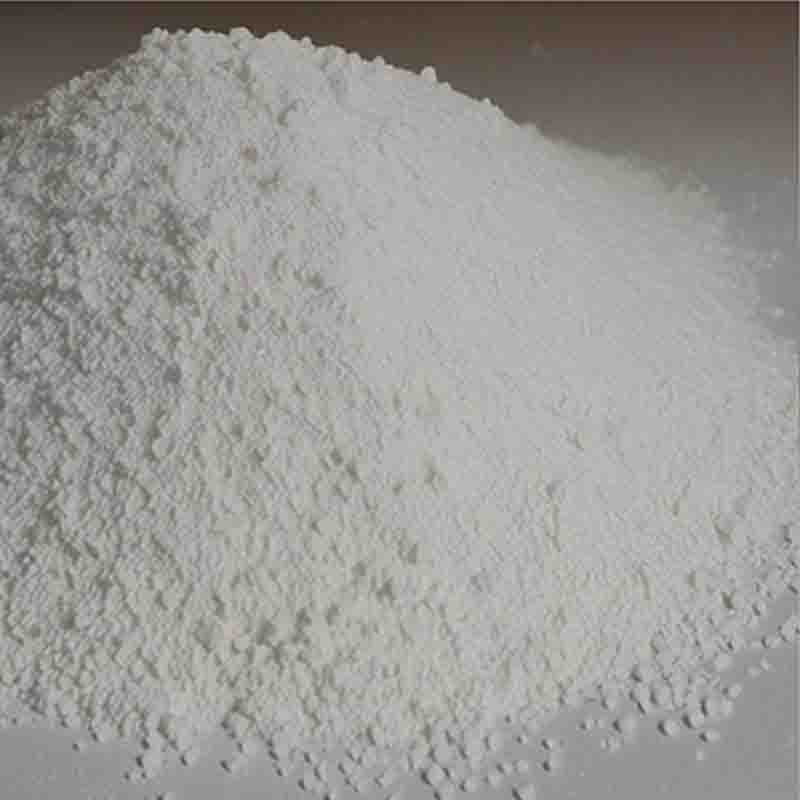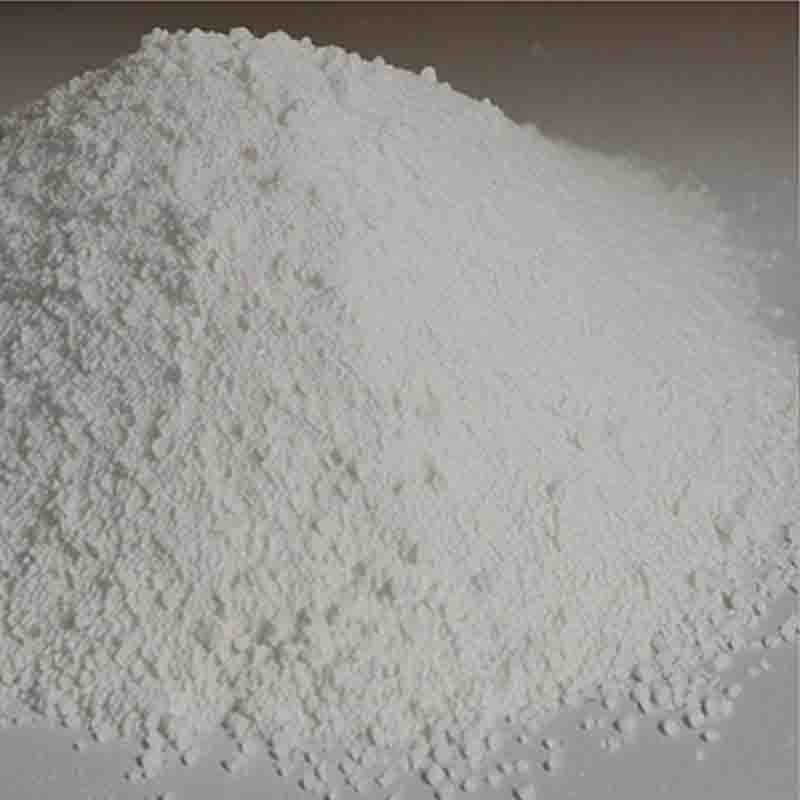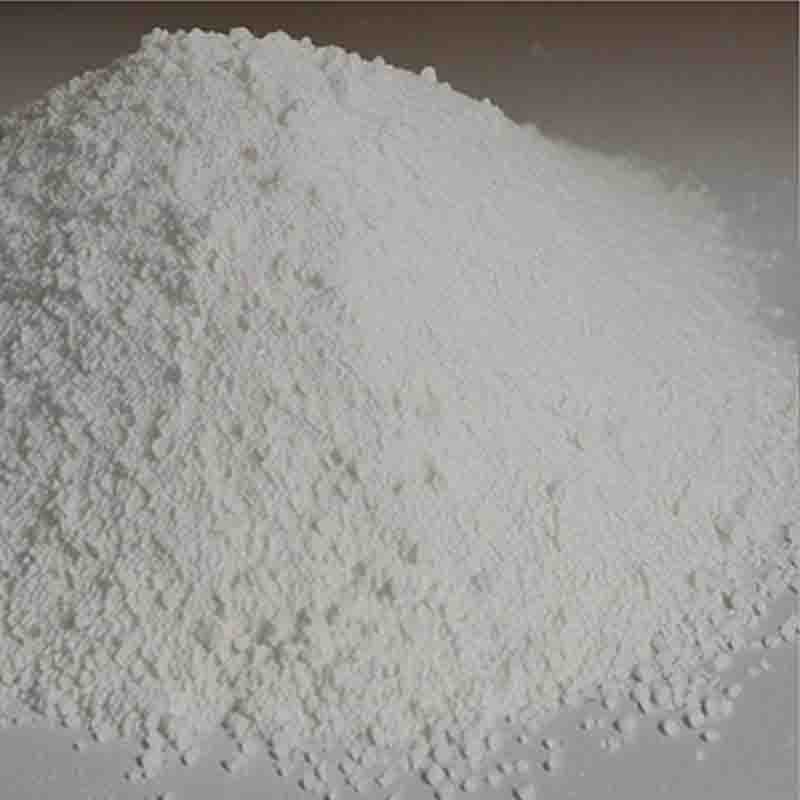Dibenzylamine CAS: 103-49-1
| Catalog Number | XD94250 |
| Product Name | Dibenzylamine |
| CAS | 103-49-1 |
| Molecular Formula | C14H15N |
| Molecular Weight | 197.28 |
| Storage Details | Ambient |
Product Specification
| Appearance | White powder |
| Assay | 99% min |
Dibenzylamine is an organic compound with the chemical formula C14H15N. It belongs to a class of compounds known as amines, which are characterized by the presence of a nitrogen atom bonded to carbon atoms in their molecular structure. Dibenzylamine is a colorless to pale yellow liquid with a slightly amine-like odor.One of the primary uses of dibenzylamine is as an intermediate in the synthesis of various organic compounds. It serves as a building block in the production of pharmaceuticals, agrochemicals, and specialty chemicals. The presence of both aromatic and amine functional groups in dibenzylamine allows for versatile reactivity and enables the introduction of additional substituents or functional groups into the molecule.In the realm of pharmaceuticals, dibenzylamine has been employed in the synthesis of drugs with diverse therapeutic applications. It can act as a starting material or a key intermediate in the production of analgesics, anti-inflammatory drugs, antidepressants, antihistamines, and cardiovascular drugs. By modifying the structure of dibenzylamine, chemists are able to tailor the properties and biological activities of the resulting pharmaceutical compounds.Dibenzylamine also finds use in the production of agrochemicals, particularly herbicides and fungicides. The compound can be incorporated into the synthesis of active ingredients that target weeds, pests, and fungal pathogens. Its effectiveness in these applications stems from its ability to interact with specific molecular targets in the organisms, disrupting their growth or essential metabolic processes.Furthermore, dibenzylamine has applications in the field of polymer chemistry. It can act as a reactive intermediate or a chain transfer agent in certain polymerization reactions. This allows for the incorporation of dibenzylamine into polymer chains, resulting in polymers with specific properties, such as improved stability or enhanced reactivity. Additionally, dibenzylamine can be utilized as a curing agent in the production of epoxy resins, contributing to their crosslinking and hardening.In summary, dibenzylamine is a versatile compound that finds use in various industries, including pharmaceuticals, agrochemicals, and polymer chemistry. Its ability to serve as a building block in the synthesis of diverse organic compounds enables the development of new drugs and chemical entities. Additionally, its application as an intermediate in the production of agrochemicals and its incorporation into polymer chains contribute to advancements in agriculture and materials science.


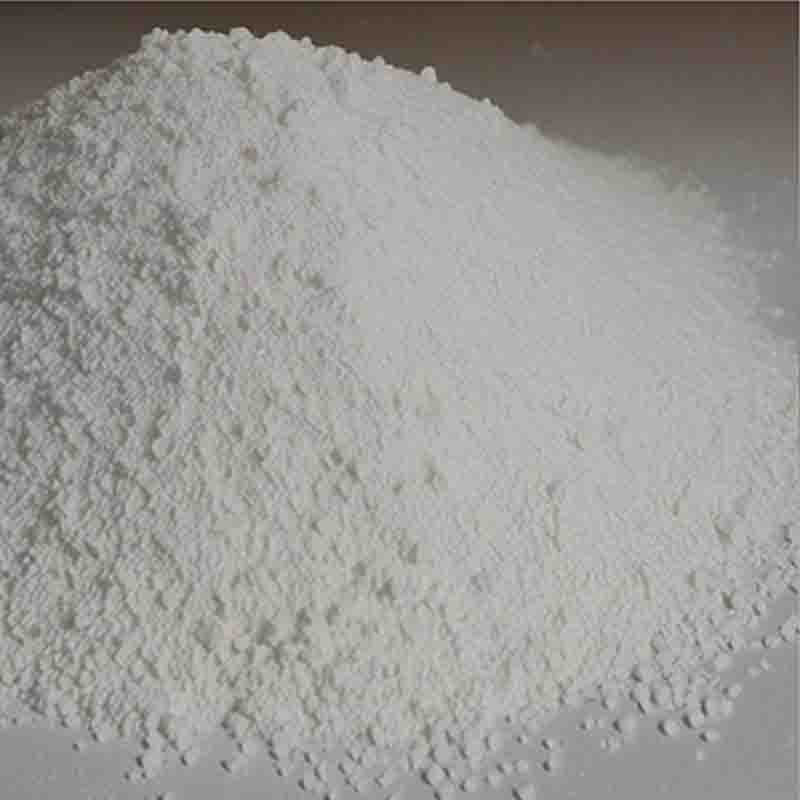

![6-(5-Chloro-2-pyridyl)-5H-pyrrolo[3,4-b]pyrazine-5,7(6H)-dione CAS:43200-82-4](https://cdn.globalso.com/xdbiochems/白色粉末21412.jpg)
